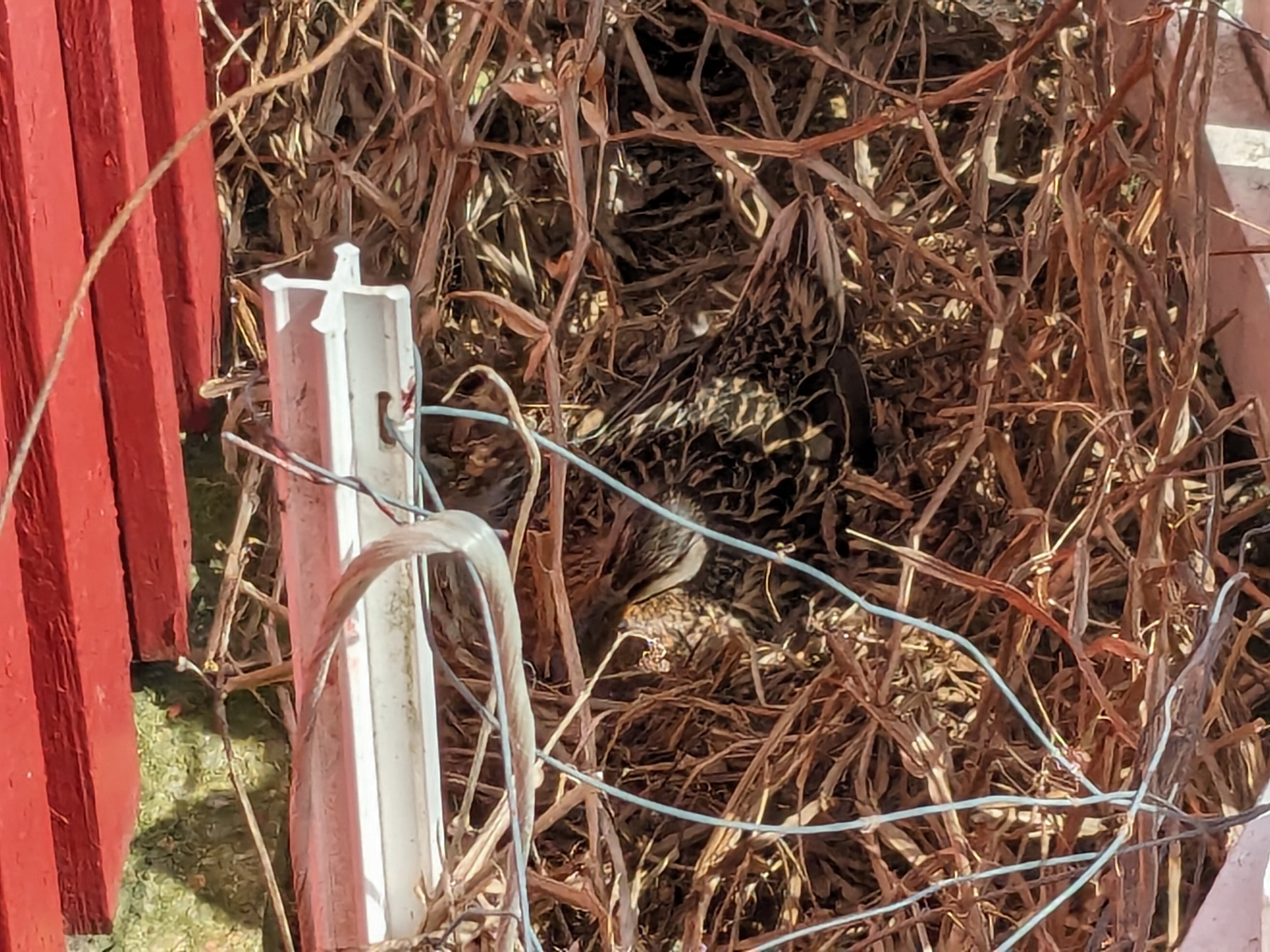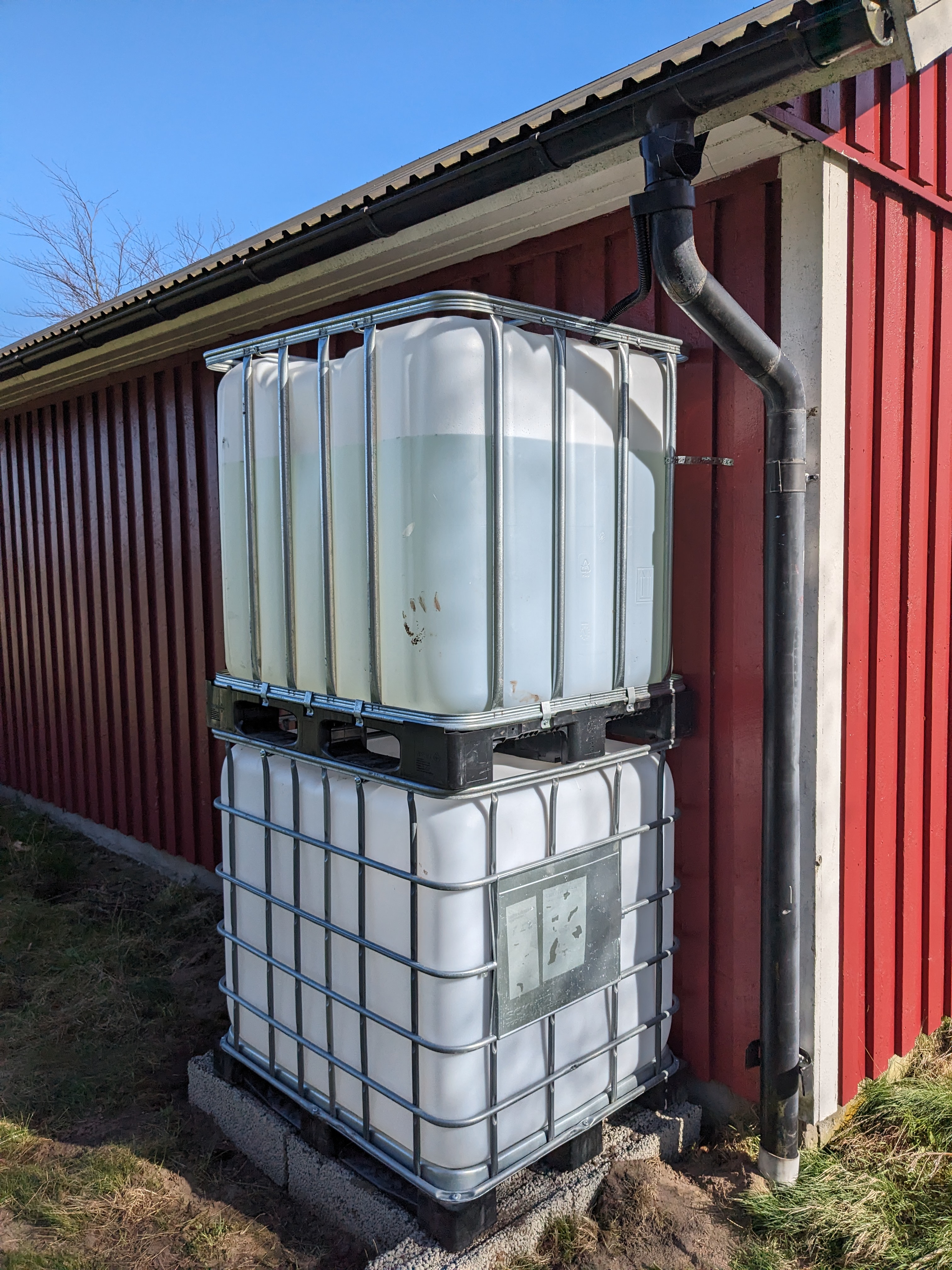April's fool
Who is the greater fool? Probably me.
Many of my old friends think that we are crazy who moved to a farm, just outside a forgotten small town. What could possibly be interesting out there?, they scoff.
When I talk to old buddies, from my engineering past, they tell me about their strategic career moves and expensive company cars. The boredom I feel when they mention their latest stock exchange position is only equalled by the boredom they suffer when I talk about soil. I guess it is called "drifting apart"?
One day a week, I am in an office doing paid work, to the great relief to my slightly worried parents. They think that I have an open door back into the mainstream middle class life. And it is kind of true. (As in, if the farm burned down, I probably could to go back into the office world for some time. My optionality is of course based on my privileges and how I can leverage all unfair advantages that have been heaped upon me. But that is another story.)
My consolation when I think of the friends that I lost, is that I have made so many new phenomenal friends and met amazing and inspiring people. Much more interesting than in the office world. People who actually compost their own shit. Amazing bread makers. Wood artists. Musicians. Poets. Activists and political utopist philosophers. People who inspire and share their wisdom and experience.
Amazing people who seem to enjoy hanging around with us tree loving fools.
Snow surprise then sunshine
April weather here is know to be unreliable. One morning in early April we woke up to a decimeter of snow. It was beautiful for a couple of days, but later in the week it all rained away.

A beautiful evening sky full of heavy snowflakes
A few days later we had the first summer clouds passing by.

I think these coulds are called Cumulus, but I am not sure. We only see them in the Summer.
Interns and learnings
Being an old guy, one of the most cherished moments is when someone comes to ask me something, so that I can tell stories. Even better when someone wants to learn a skill that I could share. Both M and me love teaching.
Often when I am asked, I think to myself, (insightully prompted by Chris): What do I really know about this? Probably not all that much, really. Nevertheless, teaching moments are good opportunities to distinguish things that I read in a book from what I have experienced myself. To tease out hearsay from observation. Exaggerations and extrapolations from inferences. The challenge is to not water it all down to "it depends".
This month is exceptional. Many opportunities for talking and feeling important. We had one of our boys come by for a week, with a friend, to do a couple of days of organic veggie growing practice.
We also have an intern from the Swedish Agricultural University, who will be here for nine weeks. She works hard and I have a tough time keeping up with the intensity. More things were done in the first three weeks with the intern at the farm, compared with the first three months of the year. She helps out with both practical work and helping out to get our soil tested. So far very good.
I also got the opportunity to give lectures and workshops at a few different places, among others in a beautiful refurbished barn in Unnaryd, up in the woods, at a club and at a University.

Interns E and M planting chestnut seeds.

The beautiful Studio Folkhemmet in Unnaryd.
Cozy place
Our place gets more and more cozy. We continue the work indoors and outdoors to make the farm conducive to life and love.

This duck found one of our flower beds a cozy place to nest. She made seven eggs and is now brooding.

We continued with the clay render finish of the cool storage. A long term project that is not urgent but important.
Grafting season started
We started the grafting season this week. I love the meditative concentration of working with sharp tools. First a day of walnut tree grafting and later an afternoon of grafting fruit trees for friends.

Intern J, in deep concentration.

Most of the grafts are "whip and tongue", like this walnut tree

This is how happy we are when a graft looks good! We are even happier a month later when we can see that the scion is growing!

Friends who moved from Australia to Sweden are here to learn grafting.

K and A have bought a farm where they are planting lots of good trees.

Even apple trees make us happy.
Trees love to grow
We visited our good friend Marc, who planted nut trees ten years ago. It is amazing to see the good growth and generous harvests at his place.

To the right is a chestnut tree, eight years after planting.

Back on the farm, we look at the seedling walnuts in the air-pruning bed
Water is life
Our soils are sandy and last year we had a terrible dry spell with eight weeks in May and June without rain and many days above 30 degrees C. I failed to water the trees properly and we had some losses.
This year, we are preparing for spigots on six new places and are prepared to roll out three hundred more meters of drip irrigation if needed.
Today I took out the two-wheel tractor and mounted the revered rotary plow "GroundBlaster". Moving along the pathways, where I will not rototill, I dug out a trench into which we could place the polyethylene tubing.
It is a bit of a gamble to use the quite narrow 20mm tubing that I had bought last year, since it is 75 meters from the pump to the furthest spigot. Will the resistance in the tube be too much? I made a test with the whole roll of 100m PE tube, and the water flow out of the other end was acceptable, I think, but I am not sure. We will soon see. In the coming days I will mount the spigots and test with the drip lines. The drip only need 1 bar overpressure, at quite low flow rates, so it could be ok. We will see...
Here are some photos of the trenches that we made. It is probably not possible to understand for you, but for us it is important to take many photos to remember where we dug in the pipe.
We made the trench quite superficial, with 15-25 cm depth. It will not be frost free in the winter, but that should be ok, since only plastic parts are in the soil. The main challenge is to avoid cutting the pipe with a shovel or a rototiller.

The water comes out of the stable, where the pump and the well are placed.

View from the highest point of our field, down towards where the water comes from.

Connection to where our second poly-tunnel will come.

Moving backwards towards the stable.

Turning around towards the stable.

The second branch line for water, to the hazel field and the first poly-tunnel (behind me)

To a spigot in the center of the first poly-tunnel.

Intern J placing the tubing in the trench.

We also started to collect rain water in 1000 liter tanks. For our Australian friends these tanks are tiny...